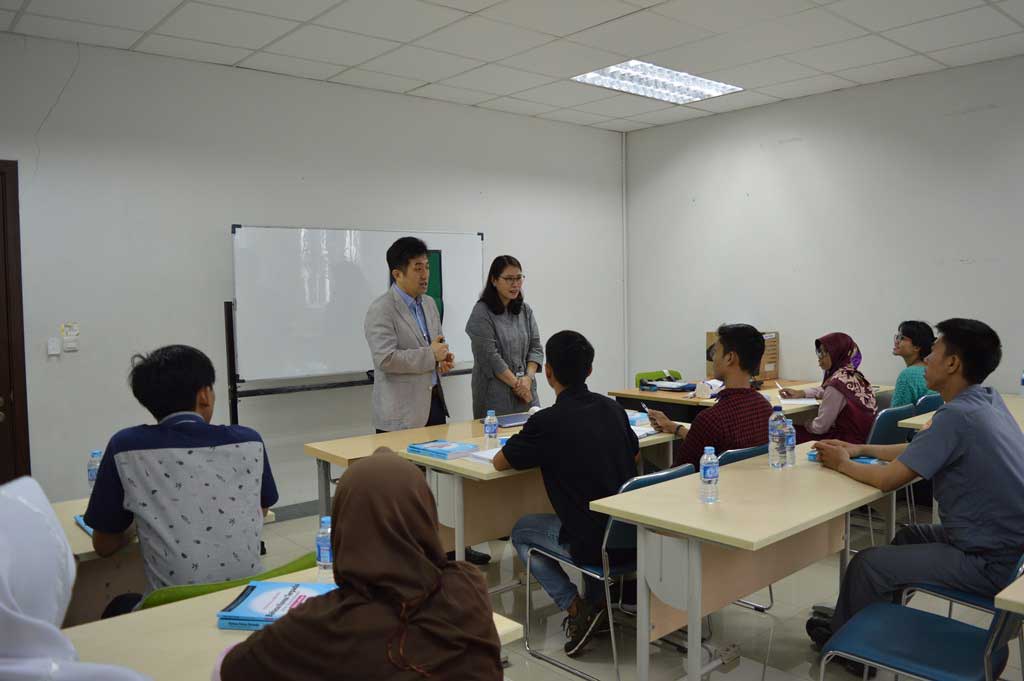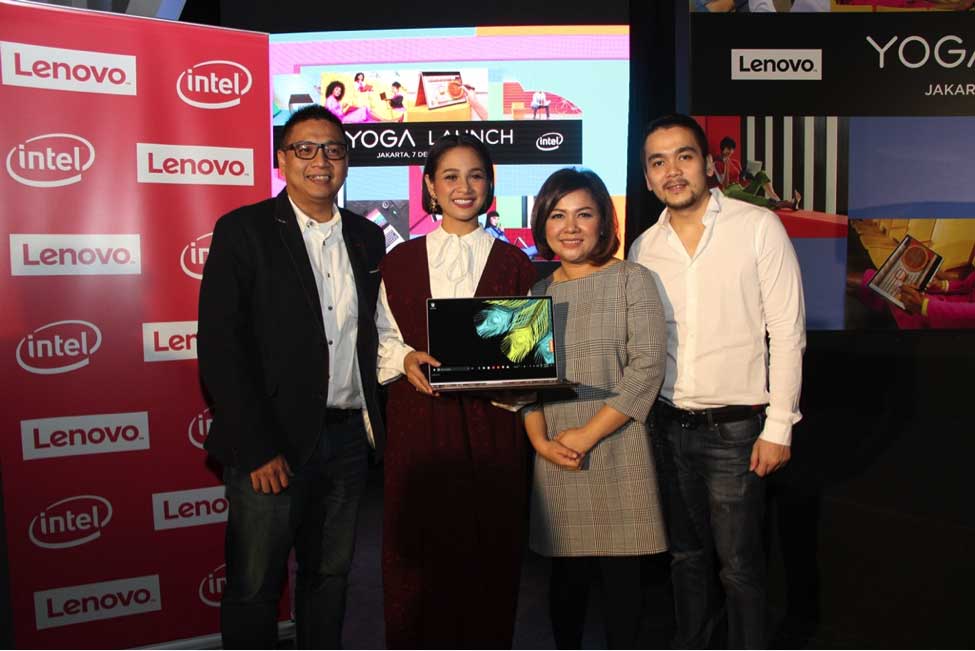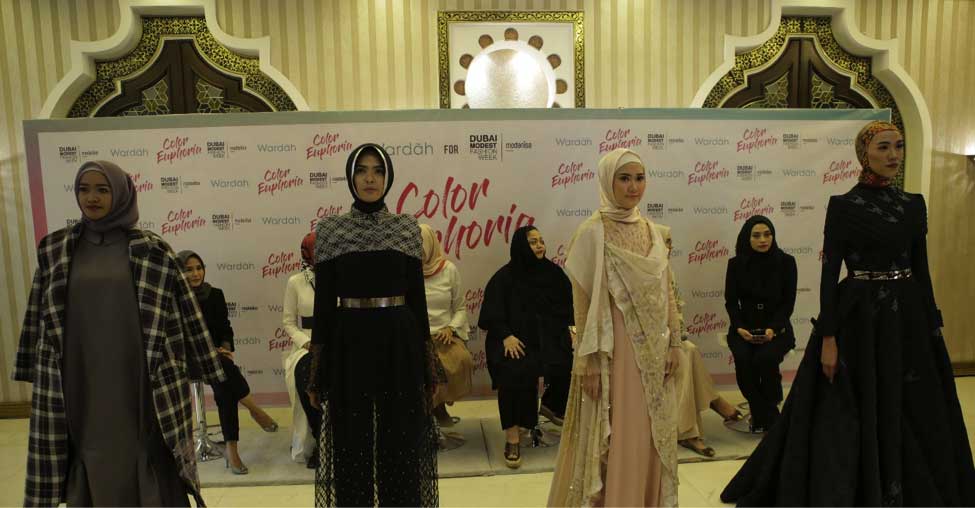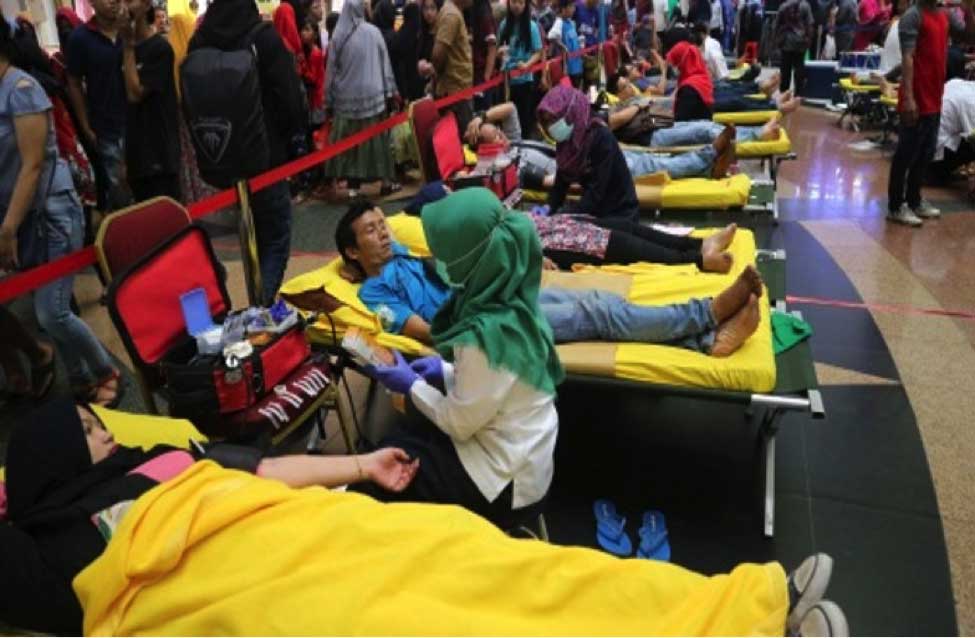 Happy Kartini Day! Some of you may think that there is nothing special with Kartini Day (after all it is not a national holiday). But have you ever imagined how it would be different if RA Kartini never ventured to speak about women?
Happy Kartini Day! Some of you may think that there is nothing special with Kartini Day (after all it is not a national holiday). But have you ever imagined how it would be different if RA Kartini never ventured to speak about women?
Women always have a special place in the hearts of communications practitioners anywhere. Study after study were conducted to explore whether and how women respond to a message. Would a brand rather target women audience? As communication objects, are women influenced more easily? In social media, statistics shows that women tend to be more willing to engage with a brand communication:
We must often see campaigns specifically aimed at women such as milk products, kitchen products, household products and many more specifically designed for women. Why do campaigns for women become interesting to discuss?
- The Image of Women
There are many things associated with women. But the most controversial thing that is forever talked of is the sexuality side of a woman. It has developed feminismand drags women into a battle of philosophical idealism that has no finish line. Many ad campaigns become easy targets of the attack of radical feminism.
- WRtatus
It is undeniable that women have a long history associated with the struggle. They were then slaves and servants, but today women can have positions that impact the world. Women’s biggest “enemy” to claim the positions even comes from cultural and religious factors. In some parts of the world, women have always been second-class citizens who are entitled only to what is given by men. Be thankful we have Ibu Kartini.
Solidarity of women has never been higher than today. More parties support women’s movement for a better world. Two campaigns reviewed below will demonstrate this very well:
- UN WOMEN :
UN WOMEN is a part of the United Nations which is actively campaigning for women’s rights around the world. UN Women has an annual meeting for the 45 member countries in which they discuss issues and solutions related to gender equality and women empowerment. In India, one of the countries with the worst gender equality, UN Women successfully increase the rate of women’s involvement in politics. India is now at the first rank in the world with 1.5 million of women sitting in the state representative body, or about 33% of the total members of parliament!
 One of the UN Women campaigns that is much talked about is a propaganda campaign with the theme #womenshould. The idea came from Memac Ogilvy & Mather’s, based in Dubai. The campaign is based on real situation revealed in the search results on Google, the world’s largest search engine, that showed otherwise than the frenzied euphoria of women equality in the modern world. Memac Ogilvy & Mather’s then created a print ad campaign to raise public awareness:
One of the UN Women campaigns that is much talked about is a propaganda campaign with the theme #womenshould. The idea came from Memac Ogilvy & Mather’s, based in Dubai. The campaign is based on real situation revealed in the search results on Google, the world’s largest search engine, that showed otherwise than the frenzied euphoria of women equality in the modern world. Memac Ogilvy & Mather’s then created a print ad campaign to raise public awareness:
To give greater effect, Memac Ogilvy & Mather’s also included a story about this in the following Youtube video:
This video gives an ironic overview that after all the big leaps that drove women into their positions today, there are still many people who think otherwise. The campaign got a lot of sympathy and has opened many people’s eyes about the importance of women’s voices. Because of this campaign, many people tried googling using the keyword “women should …” and expressed their support by using the hashtag #womenshould in social media Twitter.
- Pink Ribbon :
Pink Ribbon Campaign was first coined by Susan G. Komen Foundation in 1991 when its members distributed pink ribbons for breast cancer survivors when they took part in the running race in New York City. Since then, the pink ribbon became a powerful symbol to support the sufferer and to warn women around the world about the dangers of breast cancer.
The popularity of this campaign showed the solidarity of women around the world. In a short time, Pink Ribbon stole the attention of many people. Television news, newspapers, and celebrities also used Pink ribbon to voice their support.
Pink Ribbon that went worldwide instantly became an easy target for marketers. Many brands adapted it into their marketing campaigns to sell the products which of course wrapped in a sympathetic campaign for women. Some profit of product purchase was donated for breast cancer research. Kitchen products, sports equipment to airlines also bring a touch of Pink to associate the products with the Pink Ribbon campaign.
 The popularity of Pink Ribbon campaign which was followed by a wave of marketing expansion also invited public criticism. Breast Cancer Action organization made Think Before You Pink movementto make people aware of the existence of bad marketing campaigns that use Pink Ribbon only as a marketing tool, while the products sold actually trigger breast cancer. Think Before You Pink is actively campaingning in the digital world by creating the website www.thinkbeforeyoupink.org and social media accounts such as on Twitter, Facebook, Youtube and Flickr. The presence of Think Before You Pink helps people to be more critical in responding to products campaigns using the Pink Ribbon.
The popularity of Pink Ribbon campaign which was followed by a wave of marketing expansion also invited public criticism. Breast Cancer Action organization made Think Before You Pink movementto make people aware of the existence of bad marketing campaigns that use Pink Ribbon only as a marketing tool, while the products sold actually trigger breast cancer. Think Before You Pink is actively campaingning in the digital world by creating the website www.thinkbeforeyoupink.org and social media accounts such as on Twitter, Facebook, Youtube and Flickr. The presence of Think Before You Pink helps people to be more critical in responding to products campaigns using the Pink Ribbon.
Those are 2 interesting campaigns made for women audience target. Although as women, we fight for gender equality with men, in fact, women have significant differences in many ways, such as emotional element, identical color choice, social networking options, content characteristics and so on. So if you are a communications practitioner, it is important to understand women. Have a nice women’s day, happy Kartini Day!









Leave a Reply